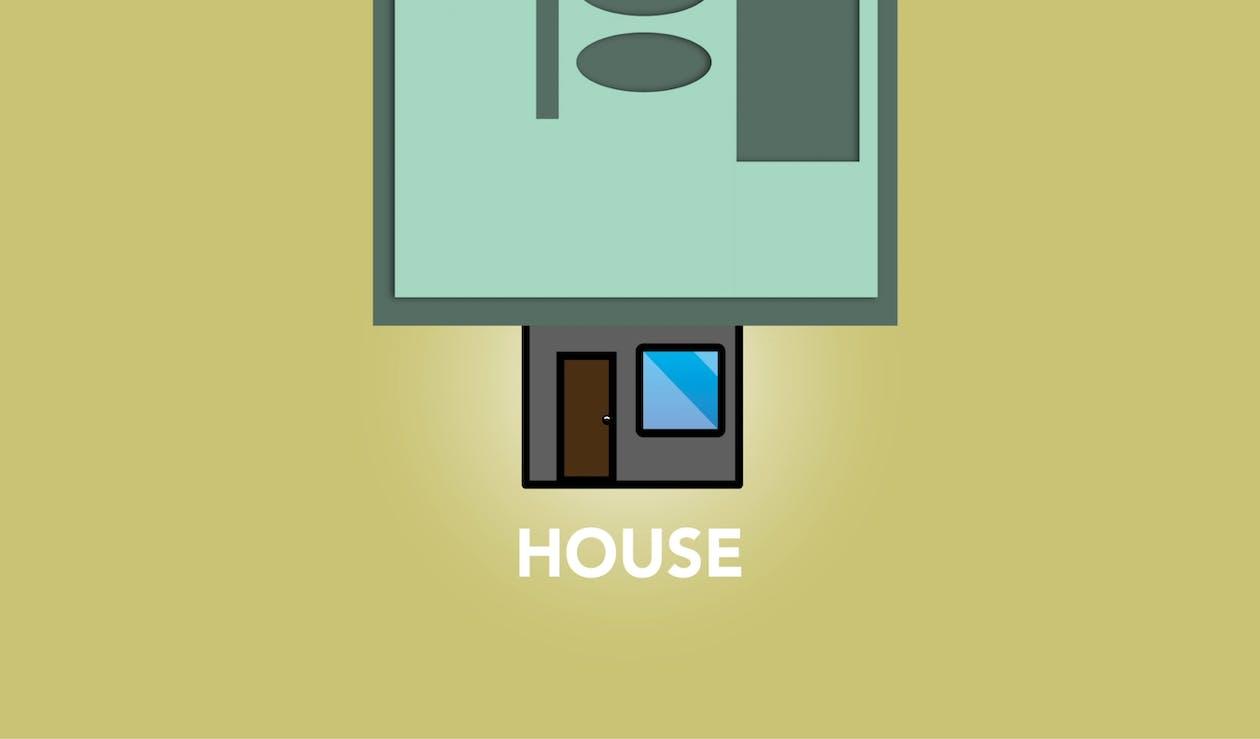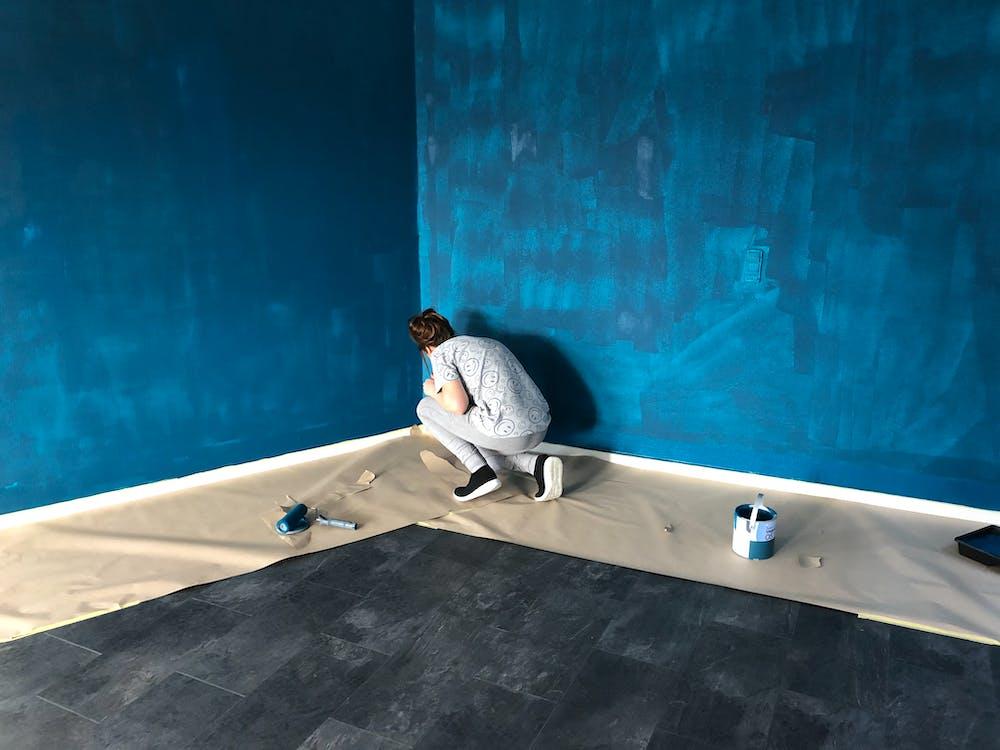Planning A Kitchen Renovation in New York
The first step in every kitchen renovation is planning. A clear idea of what kind of renovations you are looking for and how they might improve the value of your property should influence most of your renovation decisions.
In planning, the first decision you have to make is whether to go with a professional contractor and save money by doing it yourself (DIY).
DIY vs. Contractor
You need to know two things to make this choice:
- What has to be done?
- What can you do/can you do it?
The first question covers the scope of the project. If you are going for a complete gut renovation, which may require you to open walls and change the plumbing and electric wiring of the project, a contractor will be the more prudent option. If you aren’t licensed and insured, then this may be your only option. However, if you are only going for mild functional or cosmetic renovations like changing cabinets or fixtures, the DIY route could make more sense depending on your expertise.
The choice of hiring a contractor is more than just a cost decision. No matter how good the quality of countertops, tiles, and backsplash is, it will not manifest if they are not installed the right way. Skilled contractors can ensure proper installation. They may also help you navigate any regulatory/permit issues associated with the renovation.
Budgeting
Another important aspect of planning is deciding on the budget and time. You can either decide on a sum that you will use for renovation or decide the scope of the renovation based on how much you have set aside. Another approach to budgeting (especially if you are taking out a loan) is to run the numbers for what you want to cover in the renovation and then arrange that sum.
Living With A Kitchen Renovation
As for the time, it’s important to realize that it’s possible to live in the apartment when your kitchen is being remodeled, but only after you take certain steps that may vary based on whether you live alone or have others living with you. In the latter case, you may have to set up a temporary kitchen elsewhere in your home. If you live alone, you can choose to temporarily relocate, get a hotel room, or start living exclusively on takeout.
NYC Kitchen Renovation Permits
If your kitchen renovation only covers cosmetic changes like a fresh coat of paint or changing the cabinets, you wouldn’t need a permit for the job. However, most kitchen renovations that consolidate multiple work types like plumbing (when you are relocating the sink) or electricity (installing new fixtures or appliances) require an ALT2 Permit. A licensed architect or engineer will have to file for these permits on your behalf, and if you are working with a design firm for your renovation, obtaining a permit may be rolled into their services.
You may also need to look into the alternation rules and requirements for your building before you begin renovating your kitchen in a New York co-op, condo, or multifamily. The requirements may only cover how to get permission for the renovations, or they may be comprehensive enough to cover things like timing when renovation work can be done (so it doesn’t disturb the neighbors). A co-op board may require you to only work with licensed contractors (which is the best practice anyway) that have adequate insurance to cover any unexpected damage to the property.
How Much It Costs To Renovate A Kitchen In New York
There is no consensus on how much (on average) it costs to renovate a kitchen in New York, and the estimates vary from one professional to another. Here are the latest estimates from four credible sources:
- Somekitchen remodels costs fall between $15,000 and $30,000, but certain high-end renovations can go as high as $175,000 and more.
- A mid-range kitchen renovation may cost between $30,000 and $50,000, though it may easily go up to $100,000 or morefor a high-end finish.
- A budget kitchen renovation in New York may cost about $25,000in 2023, mid-range renovations might cost somewhere around $40,000, and high-end renovations may go upwards of about $75,000.
The reason there is so much variation is because of the sheer number of costing variables, starting with the scope of the work involved. Some of the most important cost factors in a New York kitchen renovations are:
- Size of The Kitchen: Since there is less area to cover with tiles and smaller countertops are required, smaller kitchens may typically cost less to renovate than larger kitchens.
- Quality of Finish: If you limit yourself to the utilitarian version of everything you have to install in the renovated kitchen, from appliances to countertops, the cost may remain moderate. But if you go for a higher-end finish, it’s quite easy to push the cost of renovations to six digits.
- DIY or Contractor: Smaller DIY renovations naturally cost less, but they can turn into costly nightmares if you have to bring in a contractor midway after you make a mistake. Even when you are working with a contractor, custom design services and bringing an architect into the fold can significantly impact the cost.
Then there are the individual elements of a kitchen that can significantly influence the cost of the renovation:
Cabinets: There is a lot of variety when it comes to kitchen cabinets. You can choose the low-end but durable IKEA cabinets, most of which cost around $150 to $350. You can also go for a slightly more expensive option – Home Depot, which offers both Ready-to-Assemble options like IKEA or pre-built cabinets. Or you can choose high-end custom-designed cabinets, which may easily go up to thousands of dollars, based on the wood used and the designer.
Countertops: Like most other renovation choices, the choice of the right countertop is influenced by both aesthetics and utility. You can choose materials like granite or soapstone, which are durable and aesthetically pleasing, and resilient against etching (which dims the color). But at the same time, soapstone may easily chip away. Marble might be a costly choice, but it’s durable and easy to shape. Concrete countertops might be most durable against heat and scratching, but they are prone to cracking. Each countertop choice comes with its own physical and aesthetic characteristics as well as cost considerations.
Appliances: The refrigerator, cooking range, microwave, and dishwasher, may significantly influence the cost of your kitchen renovation. Refrigerators alone can cost anywhere between $600 and $4,000 (even more in some cases). The same goes for the cooking range and ovens, though this choice would also be influenced by the space in the kitchen. The appliance packages, which may include several other devices, may cost somewhere between $2,000 and $8,000 for a budget to mid-range renovation.
Tiling: The tiling cost includes both the cost of individual tiles and installation. The installation may be more comprehensive and costly if the old tiles have to be removed first. Apart from the cost, which starts from $10 (for the lowest finish) per square foot, the color of the tiles and grout should be an important consideration. Some colors are easier to keep clean compared to others.
Others: Two other major cost drivers are sink and fixtures. Make sure the sink is durable and aesthetically blends with the rest of the kitchen. The lighting fixture and their placement can have an enormous impact on how your kitchen looks.
NYC Kitchen Renovations: Important Considerations
“Why are you renovating your kitchen?” That’s the first question you need to ask yourself, and it should influence every subsequent renovation decision you make. One of the most common reasons is to improve the value of the property. Minor kitchen renovations may improve your home’s resale value, but the key thing to keep here in mind is “minor.” The more expensive your renovations are, the harder they will be to recoup at the time of selling your property. You can’t price in your subjective taste and costly finish unless it compliments other strengths of the property.
However, if you want to renovate your kitchen for yourself and your family, you should go for a good mix of durability and aesthetics. Leaning too much on one of those may result in suboptimal renovations.
It’s also important to decide whether you want to renovate the whole kitchen at once or whether you should spread out the work and cost over several months or even years. This makes more sense if you are having trouble saving enough money for a full remodel and you don’t want to take on any debt. But you should also keep the rising costs in mind. The longer you wait, the costlier renovations might become. Also, the sooner you get your kitchen renovated, the more time you may have to use it/benefit from it.
Best practices
- There are a few things you should leave adequate room for in your kitchen renovation budget. This includescabinets, skilled labor, and appliances.
- If your primary renovation goal is aesthetics and you entertain a lot of guests (more eyes on your kitchen), you have to be careful with your color scheme. If you are going all-white with low-end cabinets, you may limit your choices. Subtle contrast and colors that compliment each other, mainly tiles and cabinets, might be more practical. You also have to keep its long-term maintenance in mind. Brighter colors may make spills and stains more visible, but they are also less vulnerable to etching and fading. Similarly, choosing open shelves vs. closed cabinets can also change the look of the kitchen.
- Try to balance aesthetics with functionality and maintenance requirements. If you get tiles and countertops that might look incredibly beautiful but are difficult to clean and maintain, you may come to regret your choices in the long term. If you have small children and the kitchen serves as the center of family activities, durability, and safety should be prioritized over visual appeal.
- When you are going for a gut renovation, make sure you solve any underlying problems (like plumbing) or forestall any budding problems (like pests), even if it’s not in the original renovation scope. You may identify these problems once your kitchen has been gutted and the appliances have been removed. You should also take care of things like moving the mechanical exhaust to a more desirable location when you are already doing a full renovation. They will cost far less when rolled in with a complete remodel and other renovations compared to what they would cost when you handle them independently.
- Consider taking a sustainableapproach to kitchen renovation. It starts with utilizing what you already have (and works) instead of discarding it for something new. It’s more practical when it comes to functional appliances than things like cabinets and countertops, though you might consider refreshing them instead. Other sustainable renovation decisions include using energy-efficient appliances and fixtures, going for environmentally friendly materials in countertops and cabinets, and using recycled materials wherever feasible.
- If you are planning on a DIY kitchen renovation, start with something small and do your research. Replacing/refreshing your cabinets might be a good starting point. The chances of failure are relatively lower, and it should give you an idea of your own skills, planning, time commitment, and probability of success in the more demanding phases of kitchen renovation.















